First flight 1994 | ||
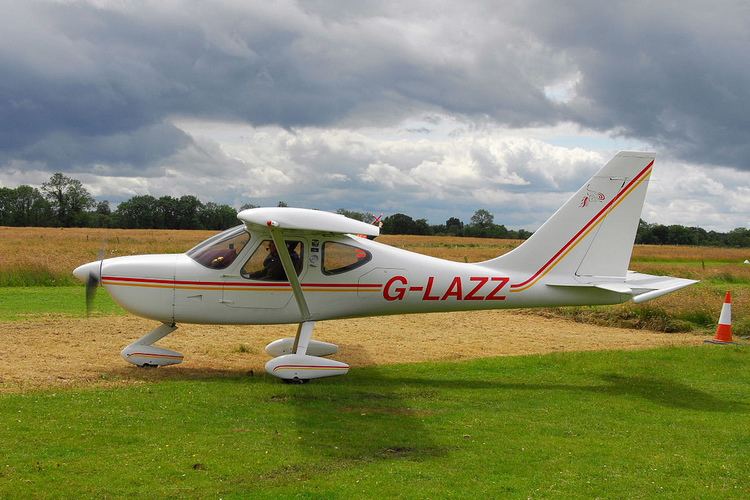 | ||
Manufacturers | ||
The Glasair GlaStar (sometimes Glastar) is an American amateur-built aircraft that was designed by Tom Hamilton and produced by Stoddard-Hamilton Aircraft and later Glasair Aviation. It was first flown in 1994 and was superseded in production by the Glasair Sportsman 2+2 c. 2005. When it was available the aircraft was supplied as a kit for amateur construction.
Contents
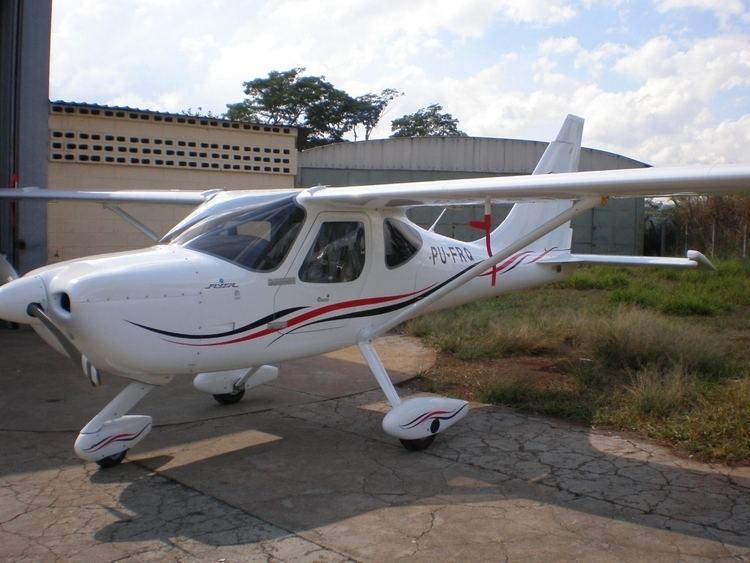
Design and development
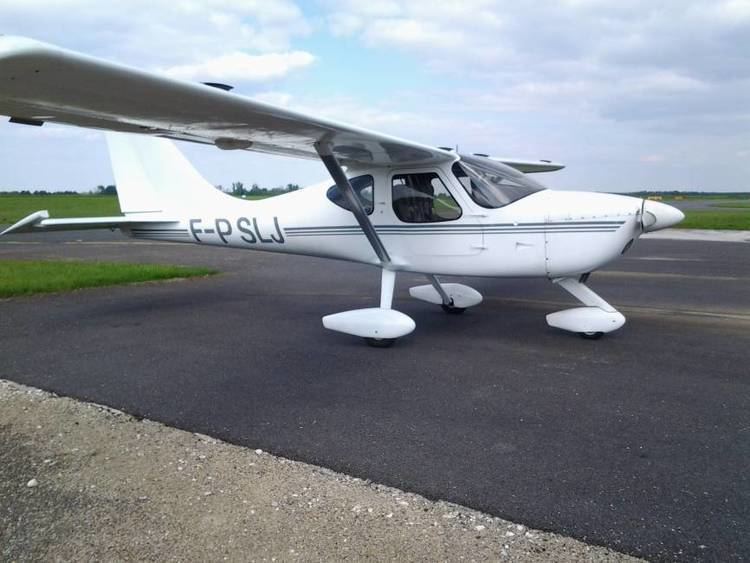
The GlaStar features a strut-braced high-wing, a two-seats-in-side-by-side configuration enclosed cockpit accessed via doors, fixed tricycle landing gear or conventional landing gear and a single engine in tractor configuration.
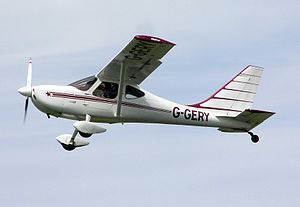
The aircraft is made with a welded steel fuselage, with a fiberglass covering and aluminum wings. Its 35 ft (10.7 m) span wing employs a NASA GA(W)-2 airfoil at the wing root, with a NASA GA(W)-2 mod at the wing tip. The wings have an area of 128 sq ft (11.9 m2), mount flaps and can be folded for ground transportation or storage. The acceptable power range is 100 to 180 hp (75 to 134 kW) and early engines used included the 100 hp (75 kW) Rotax 912ULS. The aircraft proved underpowered with the Rotax, and later the 150 to 160 hp (112 to 119 kW) Lycoming O-320 and the 180 hp (134 kW) Lycoming O-360 four-stroke powerplants were used. The landing gear can be rapidly converted between tricycle and taildragger configurations. The cockpit is 44 in (110 cm) wide and includes a large baggage area that will accommodate 200 lb (91 kg) of cargo.
Initial factory estimated construction time was 1200 hours.
Accidents and Incidents
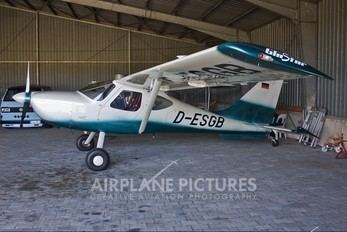
In 1996, a service recall was issued for the control yoke assembly of select GlaStar kits. In 1999, one of the GlaStar kits not included in the recall crashed, killing its two occupants.
Variants
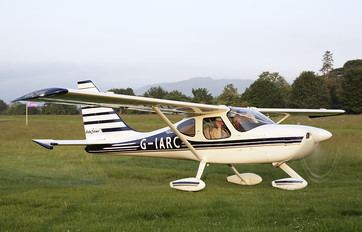
Specifications (GlaStar)
Data from Bertrand and Kitplanes
General characteristics
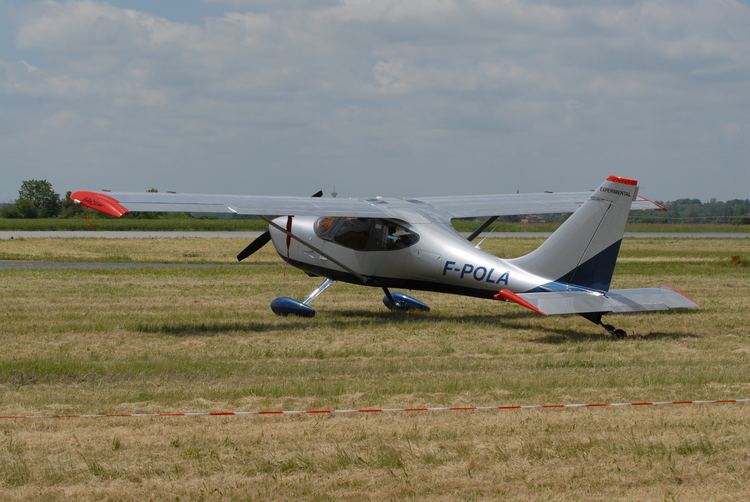
Performance
